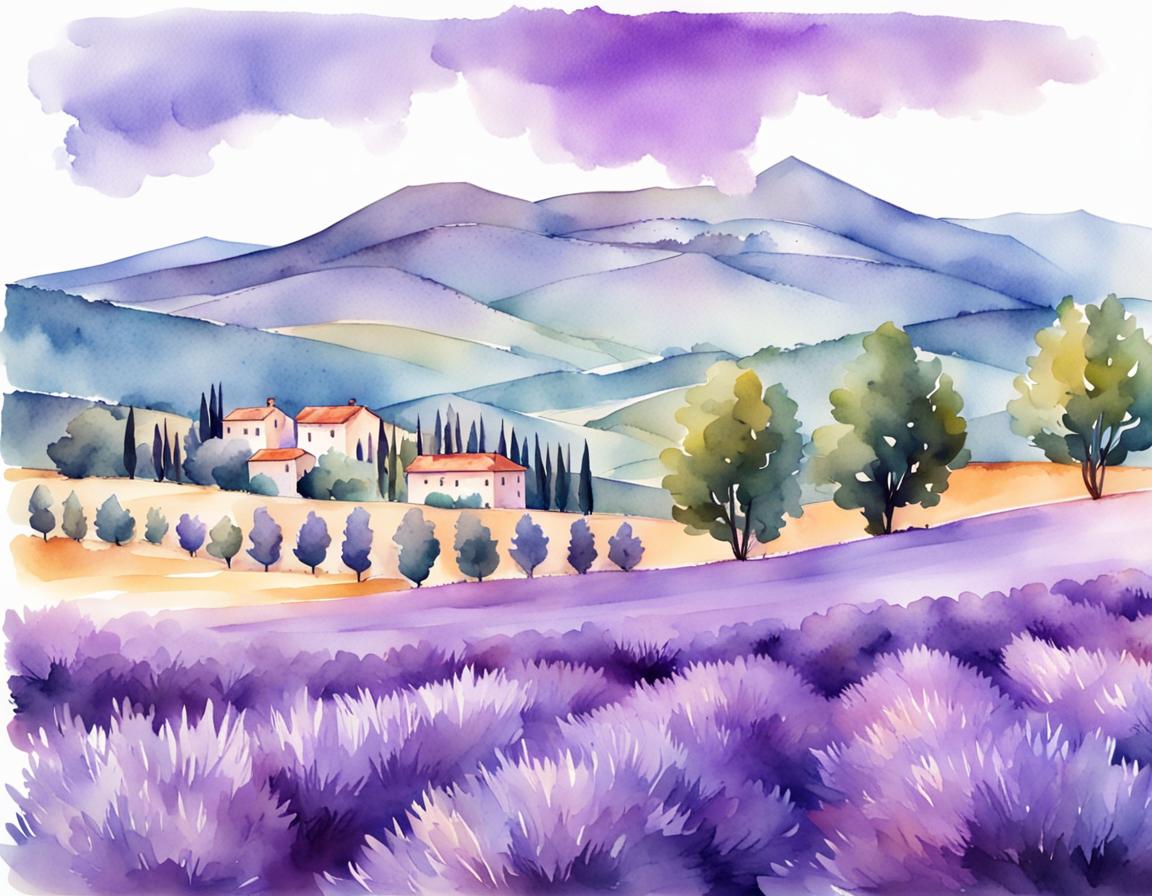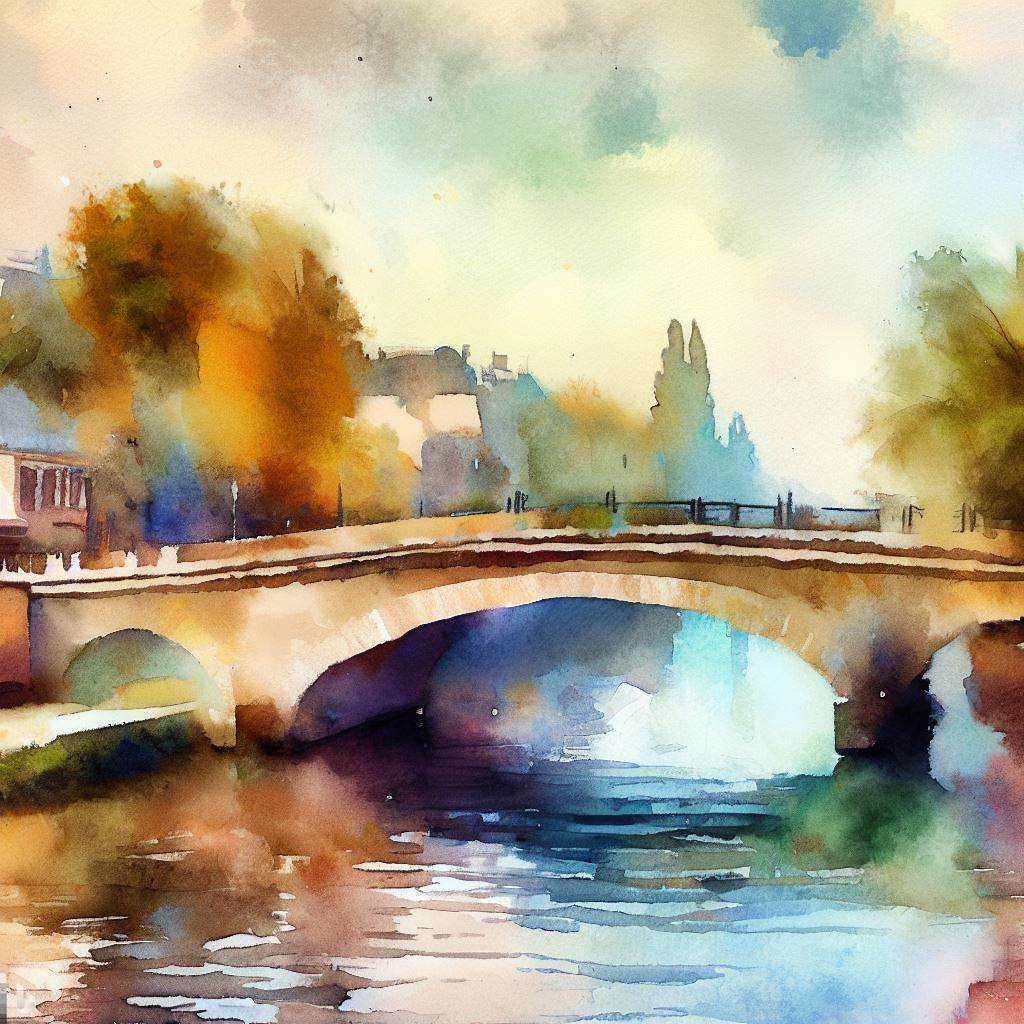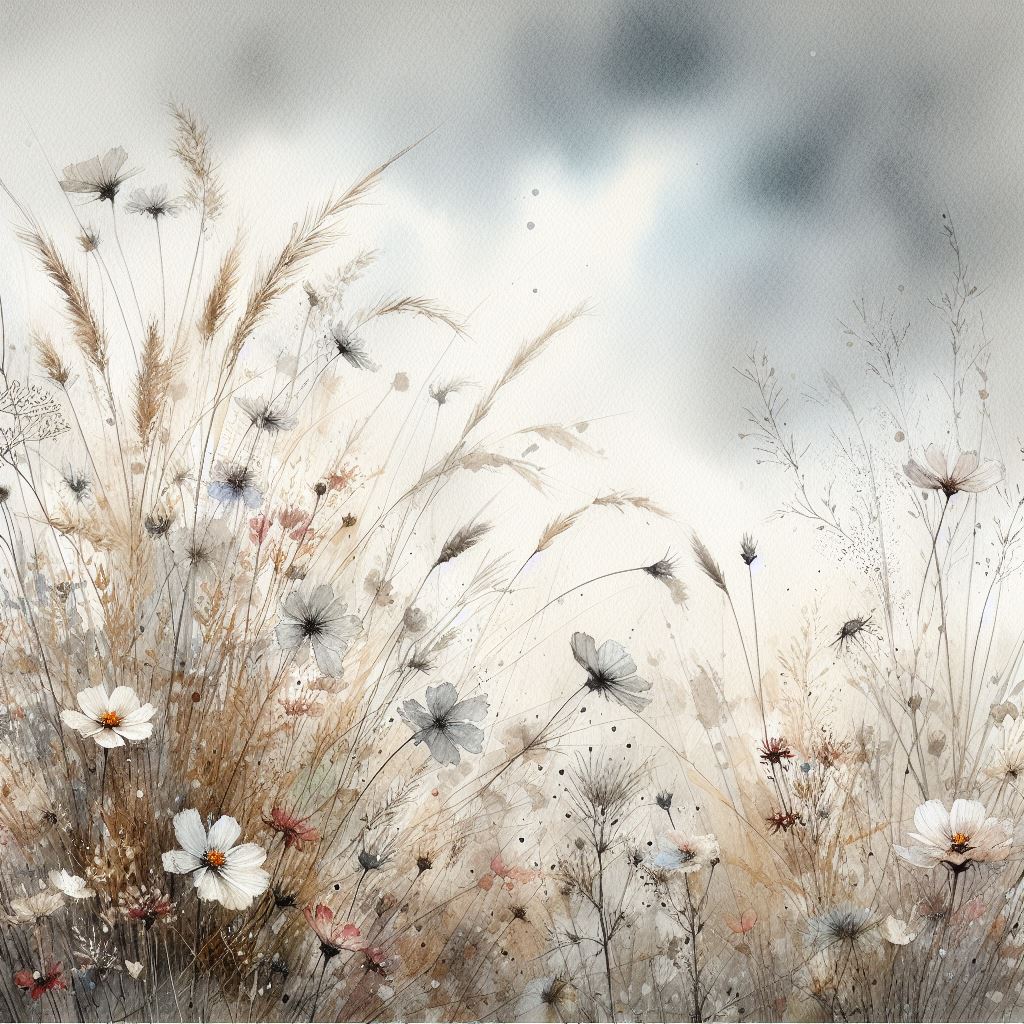Watercolor landscape painting is a beautiful and versatile art form that can be enjoyed by artists of all skill levels. Whether you are a beginner looking for easy watercolor landscape painting ideas or an experienced artist seeking new techniques, this comprehensive guide will provide you with valuable insights and inspiration.
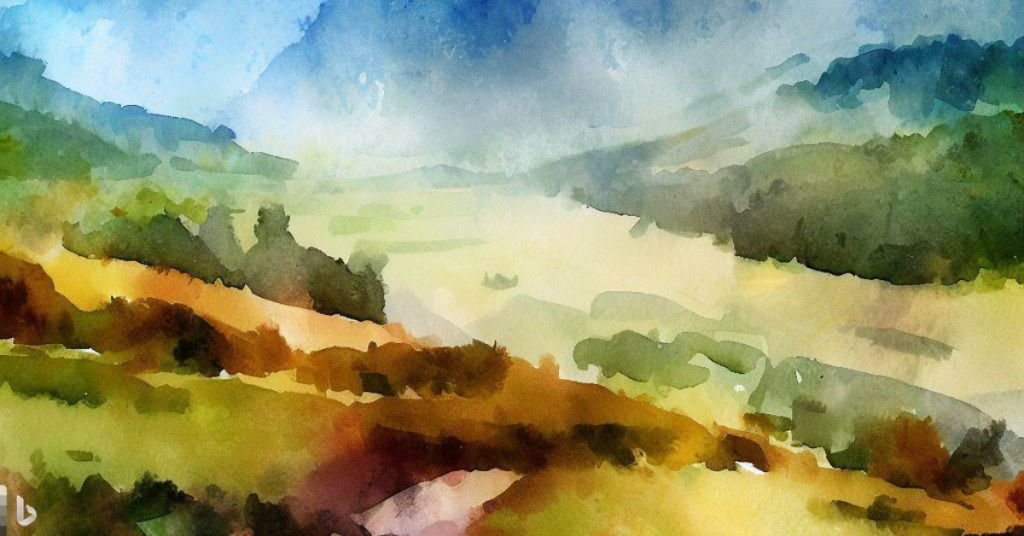
Watercolor Landscape Painting for Beginners
If you are new to watercolor landscape painting, it is essential to start with simple and easy techniques to build your confidence and skills. One of the best ways to learn is by watching watercolor landscape painting videos, which can provide step-by-step guidance and demonstrations of various techniques.
Here are the links to additional videos: [2], [4], [5], [9], [12], [13], [17], [20], [21], [23], [24}.
Beginners should focus on mastering basic watercolor techniques, such as wet-in-wet and dry brush, which can create beautiful effects in landscape paintings. Additionally, experimenting with different color palettes and subject matter can help you develop your unique style and preferences.
Easy Watercolor Landscape Painting Ideas
There are countless easy watercolor landscape painting ideas to explore, ranging from abstract and loose interpretations to more detailed and realistic scenes. Some popular subjects for beginners include:
- Simple mountain landscapes
- Forests and woodland scenes
- Seascapes and beach scenes
- Fields, meadows, and prairies
- Rivers, lakes, and waterfalls
You can also find inspiration from other artists’ work, such as those featured on Pinterest boards dedicated to watercolor landscapes. Additionally, consider exploring your local environment, and capturing the beauty of nature through your paintings.
Simple Watercolor Landscape Painting
Creating a simple watercolor landscape painting can be a rewarding and enjoyable experience, allowing you to experiment with colors, shapes, and techniques without feeling overwhelmed. Some tips for creating simple landscape paintings include:
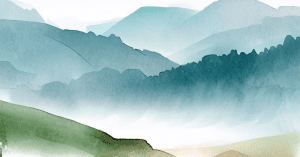
- Focusing on a limited color palette to create harmony and cohesion in your artwork
- Using loose, expressive brushstrokes to convey the essence of the landscape
- Incorporating basic shapes and forms to represent trees, mountains, and other landscape elements
- Experimenting with wet-in-wet and dry brush techniques to create different textures and effects
Remember, practice makes perfect, and the more you paint, the more confident and skilled you will become in watercolor landscape painting.
Watercolor Landscape Painting: Techniques, Tips, and Inspiration
Watercolor painting is a versatile and expressive medium that has been used by artists for centuries to create beautiful landscapes. In this post, we will explore various techniques, tips, and inspiration to help you create stunning watercolor landscape paintings.
More Techniques for Watercolor Landscape Painting
- Wet-on-wet technique: This technique involves applying wet paint onto a wet surface, allowing the colors to blend and create soft, diffused edges. This is particularly useful for painting skies, water, and distant elements in a landscape.
- Wet-on-dry technique: In contrast to the wet-on-wet technique, wet-on-dry involves applying wet paint onto a dry surface. This allows for more control and sharper edges, making it ideal for painting details and foreground elements.
- Dry-brush technique: Using a brush with minimal water and paint, the dry-brush technique creates textured effects, perfect for depicting foliage, grass, and other natural elements.
- Layering: Building up layers of transparent watercolor washes can create depth and dimension in your landscape painting. Start with lighter colors and gradually add darker layers, allowing each layer to dry before applying the next.
- Mixing white gouache: Adding a small amount of white gouache to your watercolor paint can help create highlights and details in your landscape painting.
Choosing the Right Colors
- Primary colors: Start with the three primary colors – red, yellow, and blue. These colors form the backbone of any watercolor palette and can be mixed to create a wide range of hues.
- Warm and cool colors: Choose a warm and cool version of each primary color to increase your mixing possibilities. This will help you create a more diverse range of colors for your landscape painting.
- Limited palette: Consider using a limited palette of 8-12 colors to simplify your color choices and create harmony in your painting. This can also help you become more familiar with each color’s mixing properties.
Mixing Colors
- Clean your brush: Always clean your brush before mixing colors to avoid contamination and unwanted color combinations.
- Use a palette: A palette is essential for mixing watercolors. Choose a palette with multiple color containers to easily mix and store your colors.
- Mixing techniques: Follow a five-step process for mixing watercolors: choose the colors you want to blend, dab the first color onto your palette, clean your brush, dab the second color onto your palette, and mix the colors together.
Creating Depth and Perspective
- Atmospheric perspective: Distant objects typically appear lighter, less saturated, and cooler in color. Use this principle to create depth by painting objects in the distance with lighter and cooler colors than those in the foreground.
- Layering: Build depth and dimension by layering colors and values. Start with the lightest colors in the background and gradually add darker layers, allowing each layer to dry before applying the next.
- Perspective techniques: Utilize one-point, two-point, or three-point perspective to create a realistic sense of depth in your painting. Vanishing points and converging lines can help establish distance and space.
Tips for Creating a Successful Landscape Composition
- Consider the possibilities: Before starting your painting, take some time to explore different compositions and viewpoints. Sketch out small thumbnail studies to help you visualize the final piece.
- Don’t rely solely on photography: While photographs can be helpful references, they may not always capture the true essence of a landscape. Use your artistic intuition to enhance and modify the scene as needed.
- Control the depth: Create a sense of depth in your painting by using atmospheric perspective. This involves using lighter, cooler colors for distant elements and darker, warmer colors for closer objects.
- Look for strong lines: Incorporate strong lines and shapes in your composition to guide the viewer’s eye through the painting.
- Practice: Regularly sketch and paint landscapes to build up your visual library and improve your skills.
Finishing Your Painting
- Varnishing: While many watercolor artists do not varnish their paintings, you can choose to apply a varnish or fixative to protect your finished piece from moisture and dust.
- Framing: Traditionally, watercolor paintings are framed behind glass to protect the artwork from dirt, dust, and humidity. However, some artists choose to display their paintings without glass by mounting the paper on wooden panels or using alternative surfaces like canvas
Remember, practice makes perfect. As you continue to explore watercolor landscape painting, you will develop your own unique style and techniques. Don’t be afraid to experiment and push the boundaries of your creativity. Happy painting!
